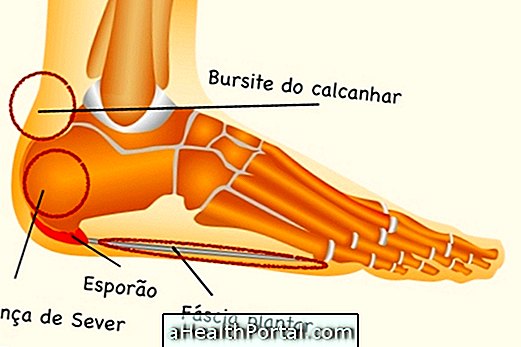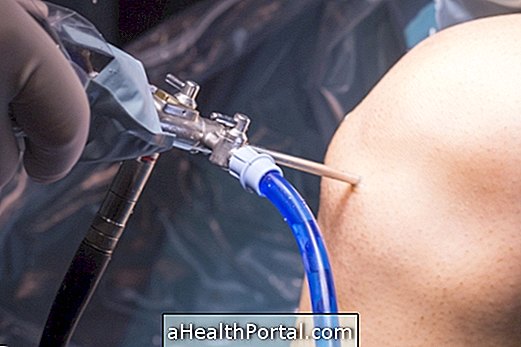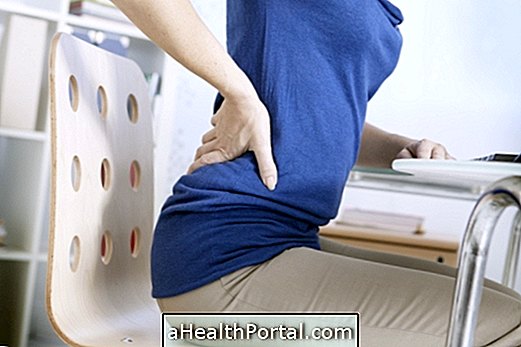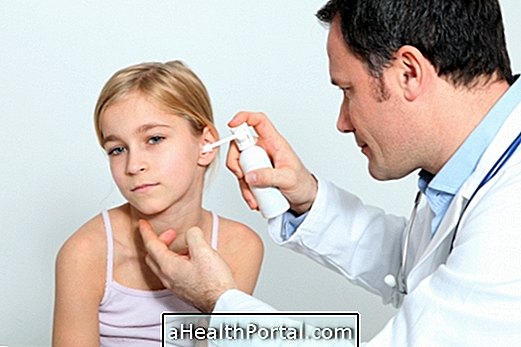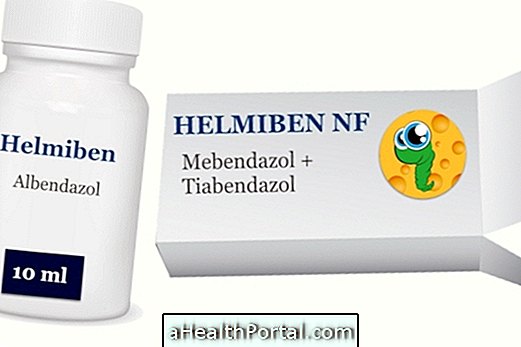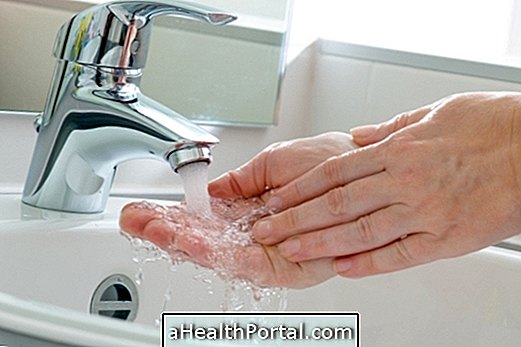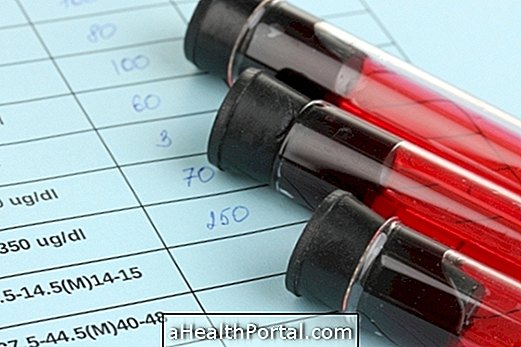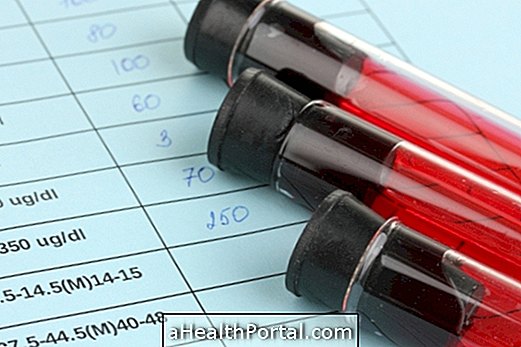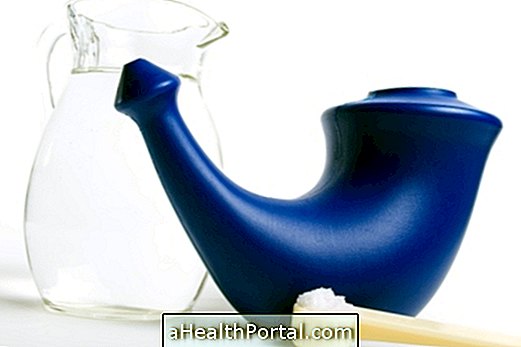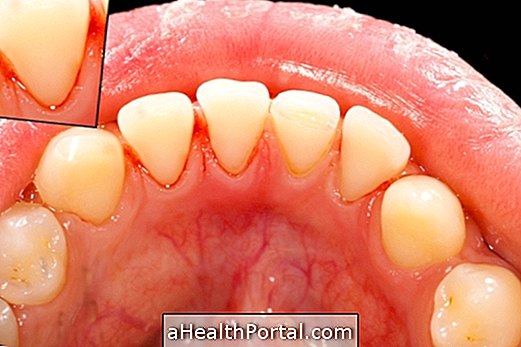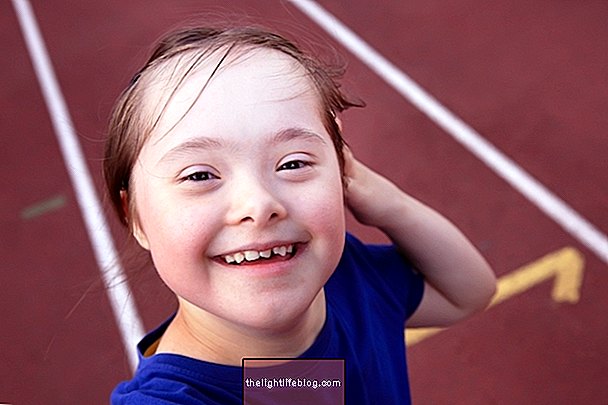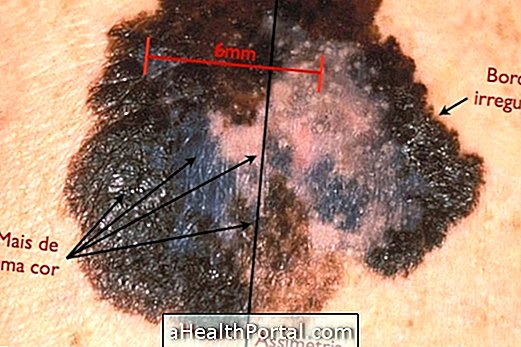Hip arthrosis, also called osteoarthrosis or coxarthrosis, is a wear and tear on the joint that causes symptoms such as localized pain in the hip, which arises mainly during the day and when walking or sitting for a long time.
This disease causes cartilage degeneration, and is very common in the hip, because it is a region that supports a good part of the body's weight and is always in motion and usually happens in people over 45 years, but it can also happen in younger people, especially in the case of athletes who use the joint a lot.
The treatment must be guided by the orthopedist, and consists of the relief of the symptoms with the use of medicines and physiotherapy. Surgery can be done in the latter case, when there is no improvement with the clinical treatment, done by scraping the inflamed part or replacing the cartilage with the hip prosthesis.
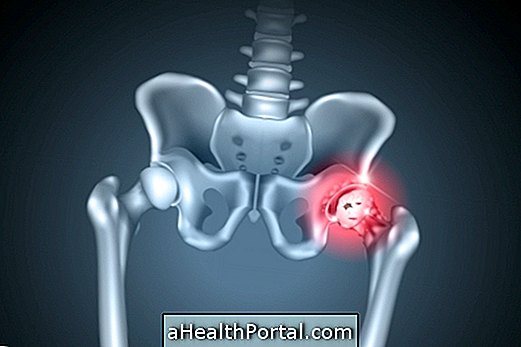
Main symptoms
The most common symptoms of hip arthritis include:
- Pain in the hip, which worsens on walking, sitting for a long time or lying on the side over the affected joint;
- Walking limping, needing a cane to better support the weight of the body;
- Sensation of numbness or tingling in the legs;
- The pain can go from the hip to the knee in the inner part of the leg;
- Burning pain in the potato of the leg;
- Difficulty in moving the leg in the morning;
- Sensation of sand when moving the joint.
- Difficulty cutting your toenails, putting on socks, tying your shoe, or lifting your chair, bed, or sofa that is lower.
This disease is caused by wear and tear of the hip joint, usually in genetically predisposed people, which happens with old age, but hip arthrosis may also arise in young people due to local trauma caused by sports such as running and weight lifting, for example.
See other diseases that can cause hip pain.
Does arthrosis in the hip retire?
In some people, the symptoms can be so intense that they can disrupt day-to-day activities and even be grounds for retirement. But to avoid this, it is necessary to follow the treatment and medical follow-up rigorously.
How to confirm the diagnosis
The diagnosis of osteoarthritis in the hip is made by the orthopedic doctor after evaluating the symptoms and checking the x-ray of the hip. Some words that may be written on the X-ray report, and suggesting hip arthrosis are: joint space narrowing, subchondral sclerosis, marginal osteophytes, cysts, or geodes.
Other tests that the doctor may ask are computed tomography, which can tell if there is a bone tumor, and magnetic resonance imaging, which can be used to evaluate the state of the femoral head.
How is the treatment done?
The main forms of treatment are:
1. Changes in habits
Some changes that may be helpful in relieving pain and worsening of the condition are decreasing the frequency or intensity of physical activity that is causing arthrosis, reducing weight, and using a cane, always resting it on the opposite hand on the side of pain to decrease hip overload.
2. Remedies
Analgesic medications, prescribed by the doctor as dipyrone or paracetamol, can be used up to 4 times a day to relieve symptoms. When the symptoms are very intense, more potent analgesics such as tramadol, codeine and morphine can be used, as well as injection of corticoids directly into the hip.
Anti-inflammatories, such as diclofenac and ketoprofen, or corticosteroids, such as prednisone, are indicated only during periods of worsening of symptoms, and should not be routinely taken because of the risk of kidney damage and ulcer in the stomach.
It is still possible to use supplements such as hydrolyzed collagen, glucosamine or chondroitin, which act to help renew cartilage and improve arthritis in some people.
3. Physiotherapy
Physiotherapeutic treatment can be done with the use of pain relieving devices, use of thermal pockets, massage, manual traction and exercises, to improve joint amplitude, lubrication and function, and should be done daily or at least 3 times per week.
4. Exercises
Exercises such as water aerobics, Pilates, cycling or other exercises that do not worsen the pain are important to strengthen the muscles and protect the joints of the body. Thus, it is recommended to strengthen the muscles of the thigh, and to do stretches, functional exercises.
Exercises can be started with elastic bands, but it is important to increase the degree of difficulty using anchors that can reach up to 5kg in each leg. Here are some exercises that are also indicated for hip arthrosis in this video:

5. Surgery
Surgery for arthrosis should be done when other treatments are not enough to control pain. It consists of removing the partially or completely damaged cartilage, and in some cases, its replacement by a hip prosthesis.
After the procedure, it is necessary to rest for about 10 days, which varies according to the need of each person. In cases where the prosthesis is placed in the hip, the recovery is more time consuming, and it is necessary to persist with physiotherapy for about 1 year or more, so that the movements are recovered in the best way. Here's what to do to speed recovery after hip replacement.
Possible Causes of Osteoarthritis in the Hip
Hip arthrosis occurs due to the natural wear and tear of this joint, because of age, or due to frequent injuries, such as long distance races, for example. In these cases, the head of the femur that fits perfectly in the hip acetabulum is no longer fully seated. The joint surface becomes irregular and rough, and gives rise to osteophytes, which causes pain and decreased movement capacity.
Some situations that favor the installation of hip ostearthrosis are:
- Rheumatoid arthritis,
- Ankylosing spondylitis;
- Diabetes;
- Septic arthritis;
- Hip dysplasia;
- Intra-site trauma or repetitive trauma (running).
Thus, it is important to keep these situations under control in order to eliminate pain and prevent the progression of arthrosis.
It is very common a person who has arthrosis of one place, have in others also, as in the knees or shoulders, for example. Learn in more detail what causes and what to do in case of arthrosis.


